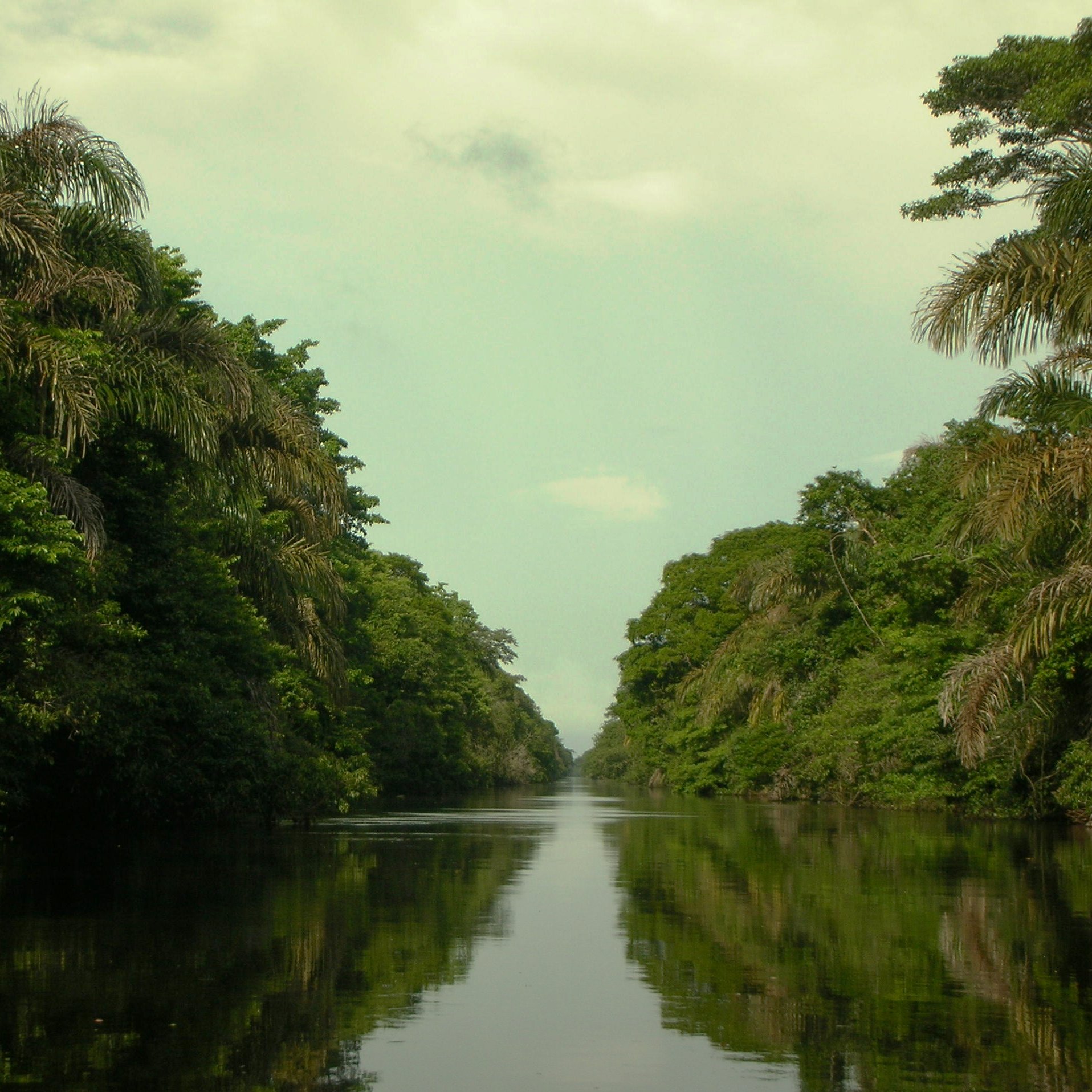Reversing Deforestation: Costa Rica Is Showing the Way
Putting a Monetary Value on Nature’s Services Gets People to Protect and Restore Them

In the 1960s, Costa Rica had one of the highest population growth rates in the world at almost 4 percent. This caused major concern among demographers. Through changes in policy and education, the rate has steadily dropped until today it is slightly below 1 percent, less than replacement level.
On another front, Costa Rica has similarly achieved a remarkable turnaround. In the 1940s, 75 percent of the country was covered in rainforest, cloud forest, and mangrove. Over the next 40 years, more than half of all trees were logged; the country had the highest deforestation rate in the American hemisphere in the ’70s and ‘’80s. Starting in the 1990s, a forest conservation and restoration program was initiated based on the strategy of valuing forests by paying for their services, known as Payment for Environmental Services (PES). By harnessing the forces of economics, PES establishes the forest essentially as a utility company with parties who use the resources and services of the forest, mostly companies, paying for what and how they use it.
Get the top stories in your inbox by signing up for our daily newsletter, Indy Today.
Over the past two decades, the program has become the most successful forest management model on earth. Most of the lost forests have been replanted and regrown, and remaining forests have been conserved. Costa Rica is a global biodiversity hotspot, where an estimated 5-6 percent of all known species can be found, remarkably on only 0.03 percent of the earth’s surface. Half a million documented plant, animal, and insect species, including iconic ones like the sloth and great green macaw, are found in this small country. One third of Costa Rica’s land is national park or national reserve, created during the first phase of PES — the conservation phase.
PES focuses on four ecosystem services: carbon sequestration, hydrological services, sustainable biodiversity management, and conservation of natural landscapes for tourism. Ecotourism has become Costa Rica’s number one business, featuring pristine beaches, volcanoes, wetlands, caves, rainforests, mountains, rivers, and waterfalls. The PES program goes beyond preserving the environment and building the economy. It also builds equity by directly empowering minority groups—Indigenous peoples and women. It promotes employment while simultaneously building cultural and natural capital.
Over the years, PES has evolved from protection and restoration, the conservation phase, to today’s ecosystem phase, where the focus is on integration of ecosystem services — looking at connectivity, resilience, biodiversity, and climate change. A strong focus of PES is on privately owned land, where it is often challenging to change behavior and outcomes.
Placing a monetary value on the natural world may seem unsavory and perhaps unethical to some, but it incentivizes people to protect and rebuild the environment. For too long, the planet’s irreplaceable natural services have been treated as freebees by businesses and landowners. Fortunately, because of its stellar success, Cost Rica’s economic approach to protecting and rebuilding nature’s systems is being adopted by a number of other nations and is getting increasing traction.
Every day, the staff of the Santa Barbara Independent works hard to sort out truth from rumor and keep you informed of what’s happening across the entire Santa Barbara community. Now there’s a way to directly enable these efforts. Support the Independent by making a direct contribution or with a subscription to Indy+.



